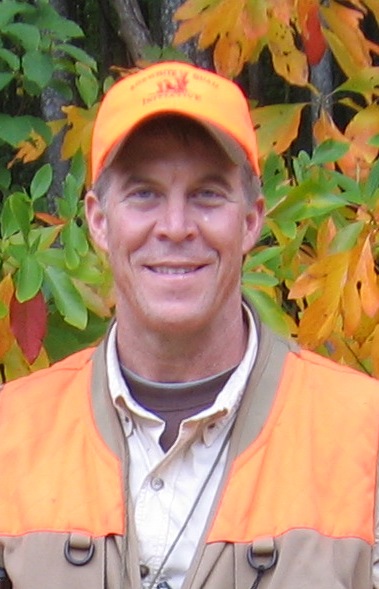“What are you prepared to do?”
The dying Sean Connery, to Kevin Costner, in The Untouchables.
The state of the bobwhite quail is …
- declining;
-
in every single state across its range;
-
over short, medium and long-term periods;
-
without exception.
The NBCI released the State of the Bobwhite report, consolidating for the first time up-to-date status and conservation information across all 25 states in the core bobwhite range (see announcement and report on http://www.bringbackbobwhites.org/about-bobwhites/state-of-the-bobwhite). This report is a spin-off tribute to the national “State of the Birds” report issued by the North American Bird Conservation Initiative (www.nabci-us.org).
The State of the Bobwhite report contains 3 major parts:
1. Status and conservation reports, nationally and from all 25 NBCI states;
2. Selected results from a bobwhite conservation self-assessment by all 25 NBCI states;
and
3. The first NBCI “Call to Action,” with priorities for progress over the next year.
NBCI staff debated how much gloomy news to provide in the report, concerned that the full, unvarnished truth might be overwhelming and turn people away. We decided to pull no punches; the severity and urgency could not otherwise be conveyed. Besides, anything less wouldn’t be credible to all those who see the problem with their own eyes in their states.
There are bright spots. Our solid scientific foundation on bobwhite biology, ecology and management is an essential requisite. From that launching pad, bobwhite conservationists have finally pulled our act together across 25 states, with vision, strategy, internal organization and infrastructure.
The number of states seriously gearing up to tackle the quail problem is steadily growing. An expanding array of success stories in several states demonstrates that well-managed land still can produce wild quail in abundance.
Finally, we have a priceless asset – passion. Bobwhites evoke the kind of lifelong passion that can make grown men choke up, reminiscing about their fondest quail hunting memories. On this solid foundation of assets stands the capability to make a difference.
Call To Action
Now that the NBCI has starkly laid out the bleak range-wide situation for all to see, what are we prepared to do? To kick-start progress, the NBCI Management Board issued its first “Call to Action” in the State of the Bobwhite report, identifying timely quail conservation priorities at national, state and local levels. The Call to Action is not sound-bite rhetoric; it is a serious leadership role and tactical step in a long-term strategy. Key roles and opportunities are identified for all who care enough to get involved right away. The NBCI Management Board calls upon:
- USDA to become a more positive, and less detrimental, force for native grassland conservation;
-
States to prioritize, step down and publicize the NBCI 2.0;
-
Individuals to:
-
join and get active with a grassland habitat organization;
-
speak up in support of your state’s quail initiative; and
-
ask Congress to support agricultural conservation for the public’s wildlife.
As Director of the 9-year-old NBCI, I take the bleak status of bobwhites personally, even though it’s a half-century-old problem. The State of the Bobwhite report makes clear this is gut-check time for everyone who cares … while there is time.


